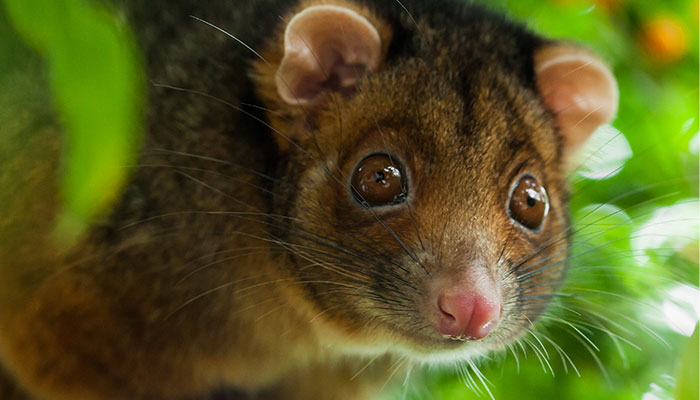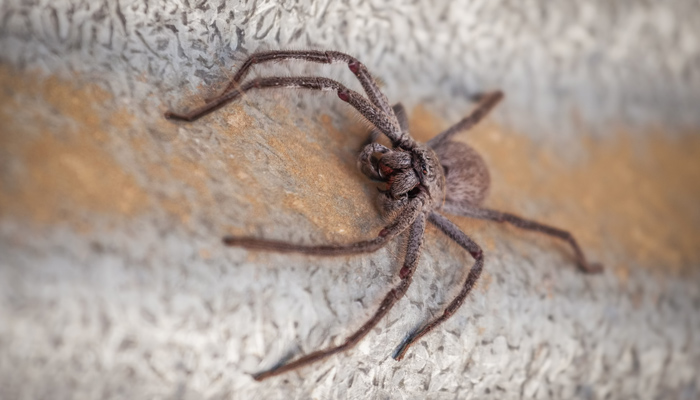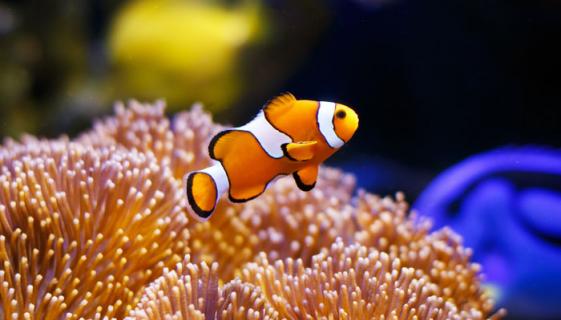Birds are the only living vertebrates to lay colourful eggs, but all the colours we see in birds’ eggs come from just two different pigments – one brown and the other blue, which are influenced by a female bird's diet.
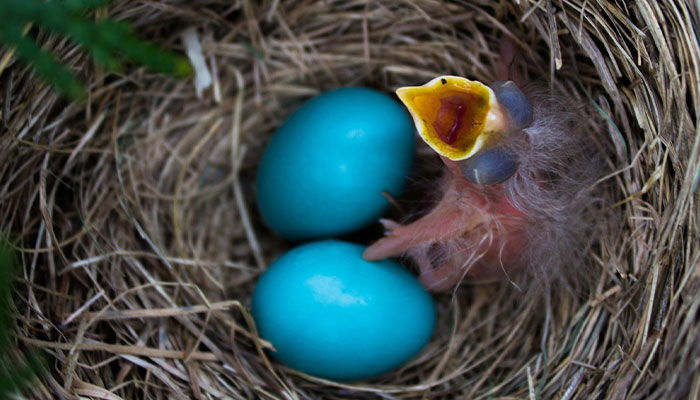
Baby blues: One theory has it that birds who lay more colourful eggs make themselves attractive to potential mates.
Different concentrations of these two pigments – produced in the uterus of the female bird at the egg shell-forming stage – are the source of the vast range of colours and complex patterns we see today.
Until recently, scientists believed that laying colourful eggs was a trait unique to birds – until the same pigments were found in fossilised dinosaur eggs. They found a link between nesting behaviour and egg colour; dinosaurs that laid eggs in partially open nests (rather than burying their eggs, like crocodiles) incorporated colour in their shells.
There are two main theories about the purpose of different eggshell colours.
Until about 40 million years ago, songbirds built complex domed shaped nests equipped with insulated walls and roofs.
The first is that the colour structurally protects the eggs from things like extreme cold or rain, and even from the eggshell thinning that can occur if a bird’s diet has inadequate calcium.
Eggs with darker pigments heat up faster and maintain heat longer than white eggs, while the speckles and spots of pigments in some eggs are from a substance that resembles lubricants used in engineering – and is probably used to reinforce weak spots in egg shells caused by diet insufficiencies or even pesticide contamination.
The second hypothesis on egg pigments suggests that different colours serve as a signal that provides a survival advantage – either by camouflaging the egg so it is hidden from predators or parasites, or promoting the fitness of the egg-layer to potential mates, as birds who lay more colourful eggs may show better antioxidant capacity.
How did changes to birds’ nests affect egg colours?
Until about 40 million years ago, songbirds built complex domed shaped nests equipped with insulated walls and roofs.

Mixology: Different concentrations of two pigments, brown and blue, are the source of the vast range of colours and complex patterns seen in birds' eggs.
Over time, likely in response to changes in their environment, these birds evolved the ability to create the open-cupped nests that are more common today, using just their beak and feet to weave together nests using natural material.
Our research found a link between eggshell colour and the increased exposure that occurred as nest construction changed over time.
We saw transitions occurring alongside the shift in nest types, where birds went from laying a narrow range of coloured eggs (mainly white or dark brown) in domed nests, to a wide variety of colours (white, pink, olive, blue, pink and brown) in open-cup nests.
The transition to cup nests means the eggs are exposed when the incubating parent leaves to forage, and they also risk falling outside the narrow temperature range they need to survive.
We found that laying colourful eggs is a flexible trait and was lost and regained multiple times during songbird evolutionary history.
The exposed eggs might also be more likely to be snapped up as a nutritious snack by a passing predator.
Parasitic cuckoos (who lay their eggs inside other birds’ nests) typically match their eggs to the target birds whose nest they are laying in – so without a roof, egg colour may have helped host birds to recognise their own eggs from those of cuckoos, or for cuckoos to mimic host eggs.
We found that laying colourful eggs is a flexible trait and was lost and regained multiple times during songbird evolutionary history; this adaptive trait was twice as frequent in cup nesters.
How we traced the history of egg colours in Australia
In the 1800s, many naturalists had a fascination for birds’ eggs, with collectors competing to own eggs from as many different species as possible.
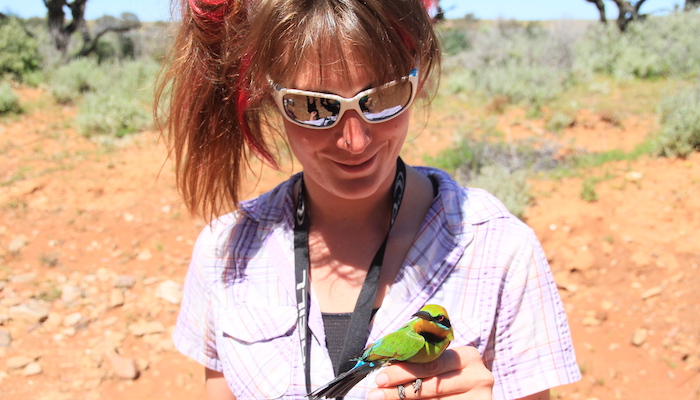
Fascination: PhD candidate Kiara L'Herpiniere (pictured) says researchers are using the many extensive egg collections donated to museums to further understanding of our natural history.
We now know that the practice of collecting these eggs was culturally insensitive to the traditional owners of the lands where these were taken, and who we acknowledge in our research.
Collecting egg specimens may also have been harmful to vulnerable bird populations and is understandably now illegal.
We are using the many extensive egg collections that were donated to museums to help us better understand our natural history.
- Backyard bird count shines a light on urban bird life
- Global demand for Australian books revealed in new study
Early naturalists made comprehensive notes on where, when and how they collected each clutch of eggs, giving us extensive data about these collections including geographical locations for all of the eggs.
We are using these collections, measuring colour and taking photographs of more than 250 different species of Australian songbirds, and have analysed this information against the evolutionary histories of these birds.
Our research into the variation of colours in Australian songbirds over time will contribute to our global understanding of the way that climatic variables and female birds’ diets interact with egg colour.

